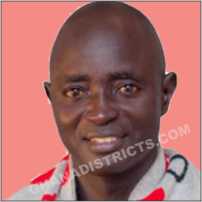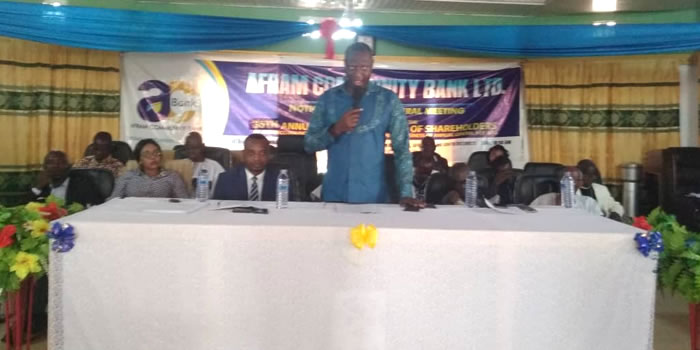

Location and Size
The District is located between Latitudes 6o 40I N and 70 10’1 N; longitudes 0O 40I E and 0o 10I E; at the North-Western corner of Eastern Region with a total land area of approximately 3,095 sq km. The District is bounded to the north by the Afram Plains North, to the south by Kwahu South, to the east by the Volta River and to the west by two districts in the Ashanti region precisely Sekyere East and Ashanti-Akim Districts.
There are two main entrances into the District by road; namely Nkawkaw-Mpraeso-Bepong-Kwahu Tafo and Adawso from where the three kilometer wide Afram River is crossed to Ekye-Amanfrom by ferry operated by the Volta Lake Transport Company (VLTC). The second entrance is through Agogo in the Sekyere Afram Plains in the Ashanti region where one can travel by road through Dome to Maame Krobo then to Tease, the District capital. The Volta Lake Transport Company (VLTC) provides ferry services on the Lake and currently operates one ferry in the Kwahu Afram Plains South between Adawso and Ekye-Amanfrom to the District. It has a capacity of 360 tones. When using a single engine it takes about 30 minutes to cross.
Relief and Drainage
The land is generally undulating and rises about 60 metres to 120 metres above sea level. The only high ground is in Bonkurom. The District is drained to the south by the Afram River and the Volta River to the east which flow continually throughout the year and can be used for both domestic and agricultural purposes. Several other seasonal streams are found in the District. The pattern is largely dendritic flowing in the north-south direction.
Climate
The district falls within the savannah vegetation zone comprising the savannah transitional zone and savannah woodland which is characterized by short deciduous fire resistant trees often widely spaced and a ground flora composed of grass of varying heights which is associated by two main rainfall seasons occurring in June and October; the first rainy season starts from May to June and the second from September to October. The mean annual rainfall is between1150mm and1650mm. The dry seasons are distinct starting between November and late February. Temperatures are found to be hot ranging between February and March (36.80C and 36.60C on the average respectively), while the coldest ones are December and 2
January (19.90C and 20.10C on the average respectively). Relative humidity is generally high throughout the year, ranging between 68.2% to 71.6% in the dry season and 81.6% and 71.6%.in the wet season.
Vegetation and Soil
The district lies within savannah vegetation zone comprising the savannah transitional zone and savannah woodland. There are few forest reserves covering about 120.8sq km. The forest reserves constitute about 15% of the entire surface area of the district. Some commercial tree species contained in the forest are Milicia excelsa (Odum), Sterculia rhinopetala (Wawa), Terminalia superba (Ofram), Khaya ivoriensis (African mahogany), Antiaris toxicaria (Kyenkyen) etc. The major soils in the district are the Swedru-Nsaba-Offin Compound
Dominating this soil group is the Swedru series which are mainly red silty, well drained, deep gravel-free silty loams and silty-clay loams. The Nsaba series are yellowish red silty clay loam, moderately well drained, very shallow and rocky. The soils are suitable for the cultivation of both food crops (cassava, plantain, yam, cocoyam, maize) and cash crops (cocoa, coffee, oil palm, citrus, cola) which are grown in the municipality. The land in this area is susceptible to wind erosion if laid bare of vegetation.
Cultural and Social Structure
The district is typically a settler district with majority being migrants. Ewes constitute the highest, followed by the Ashantis, the Kwahus, as well as tribes from the Northern extraction of the Country. However, the widely spoken language in the district is Twi.
Most of the people in the district are Christians. There are also Muslims and traditionalists in the district.
The Kwahu traditional council is the highest traditional authority in the district. The council is headed by the Omanhene. However, several divisional chiefs operate within various traditional areas in the district. These chiefs adjudicate cases within areas under their jurisdiction.
Date Created : 11/26/2017 1:57:00 AM










 facebook
facebook
 twitter
twitter
 Youtube
Youtube
 +233 593 831 280
+233 593 831 280 0800 430 430
0800 430 430 GPS: GE-231-4383
GPS: GE-231-4383 info@ghanadistricts.com
info@ghanadistricts.com Box GP1044, Accra, Ghana
Box GP1044, Accra, Ghana